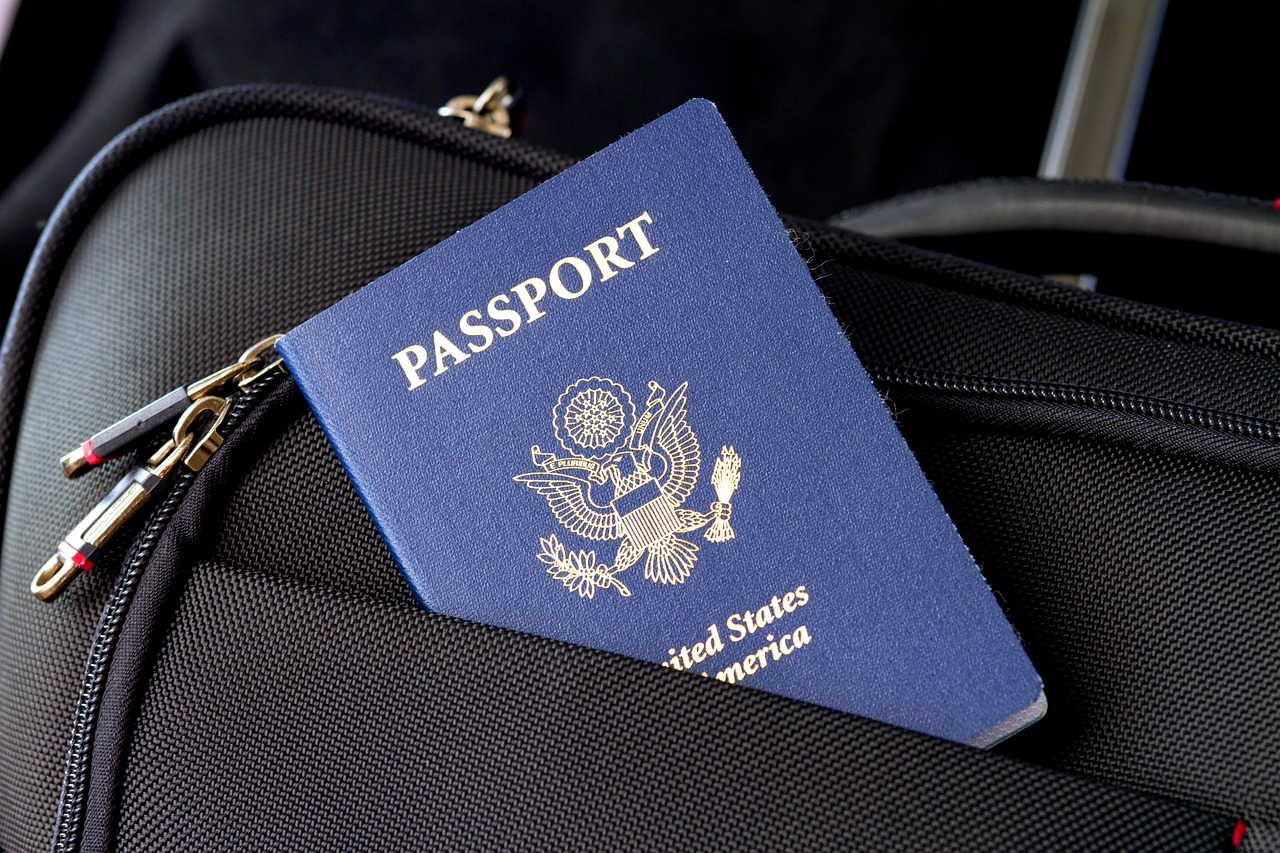
Multinational companies that want to move workers to the United States can use the L1 visa very effectively. This makes it easier for foreign workers to come to the U.S. temporarily, which helps businesses use the skills and talents of people around the world. Businesses need this visa if they want to bring over leaders, managers, or workers with specific skills. Take a look at this complete guide to the L1 visa, including its perks, requirements for getting it, how to apply, and more.
How do I get an L1 visa?
Companies can move workers from foreign offices to U.S. offices with the L1 visa, which is a non-immigrant visa. There are two main types of it:
This type of visa is for leaders and managers.
The L1B visa is for workers who have specialized understanding.
For many workers and employers, they should know how to get L-1 visa because it’s a good choice because it can lead to permanent residency.
Conditions needed to be hired by the employer:
Must be connected to a foreign business in a certain way (parent company, office, subsidiary, or affiliate).
You need to do business in at least one other country besides the U.S.
To the worker:
They must have worked for the foreign company for at least one year straight in the last three years.
You must be trying to get into the U.S. to work as an executive or manager (L1A) or because you have special skills (L1B).
Pros of the L1 Visa Dual Intent: People with an L1 visa can apply for permanent residency (a green card) without putting their L1 status at risk.
Benefits for Families: People with an L1 visa can bring their spouse and children under 21 who are not married. Wives can ask for permission to work.
Flexibility: There is no limit on how many L1 visas can be given out each year.
The length of time an L1A visa is good for is seven years, and an L1B visa is good for five years.
Process for Applying
business Must File Form I-129, “Petition for a Nonimmigrant Worker,” with USCIS. What this means is that the business must do this.
- Proof: The petition should show that there is a qualifying relationship between the U.S. and foreign offices, that the employee is qualified, and that they know what their job and duties are.
- Premium Processing: Employers can choose premium processing to get their case looked at faster.
- Visa Interview: If the petition is accepted, the worker will have to go to a U.S. consulate or embassy in their home country for a visa interview.
Common Issues and Things to Think About
- Documentation: A lot of paperwork needs to be shown to prove the employee’s eligibility and the qualifying link.
- Specialist Knowledge: It can be hard to define and prove specialized knowledge, and you usually need a lot of proof.
- Even though there is a law called “dual intent,” workers may still have to show that they plan to go back to their home country if they don’t get a green card.
The L1 visa is a key way for multinational companies to bring their most important workers to the US, which helps the economy grow and leads to new ideas. The application process for the L1 visa can be hard, but the benefits make it worth it for businesses and employees who apply. To get through the complicated L1 visa process, it’s best to talk to an immigration lawyer like Davies and Associates Singapore for more specific advice and help.
